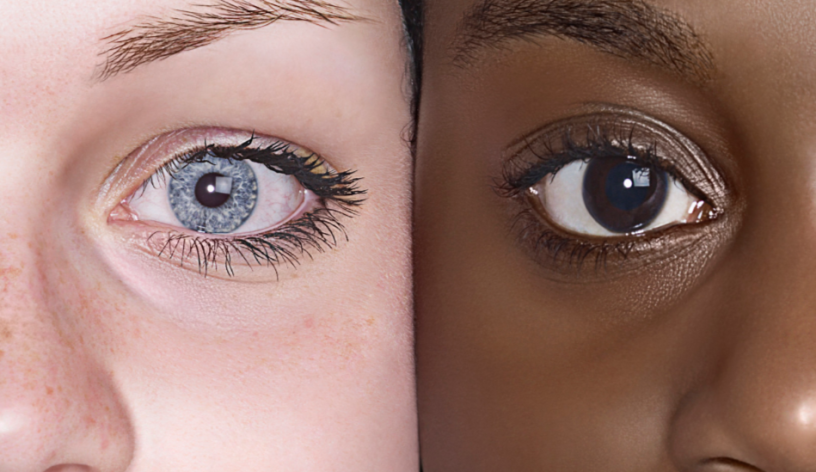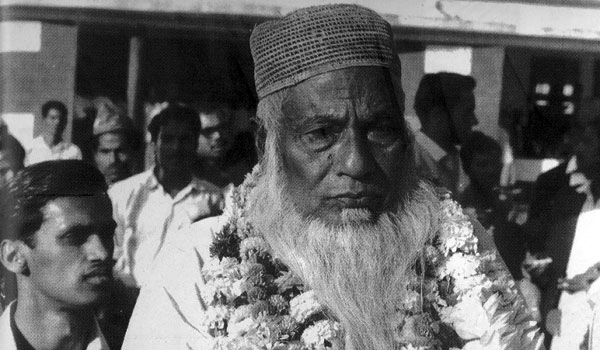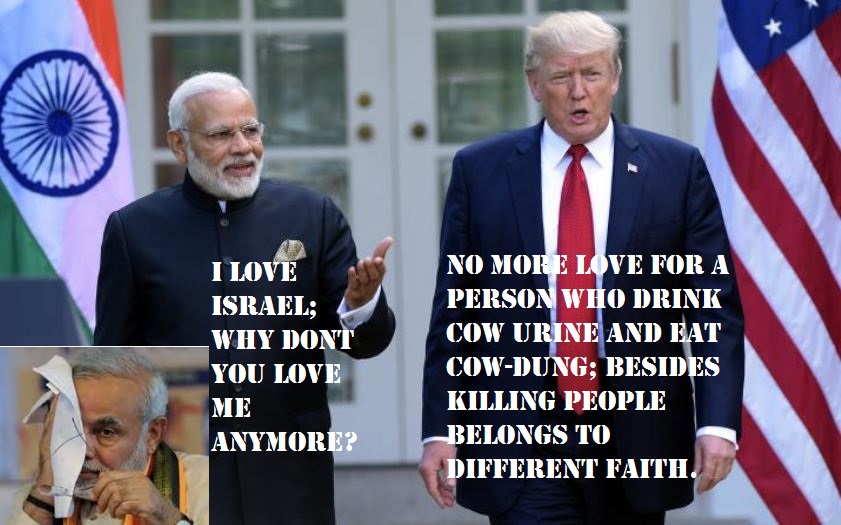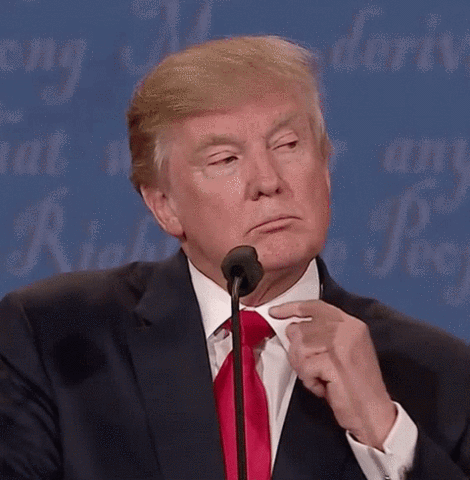Racism and Eugenics, American-Style
LOUIS PROYECT: As the Trump administration’s openly racist policies become ever more pronounced, two timely documentaries serve as an anti-toxin. Available exclusively from its distributor Bullfrog Films, “A Dangerous Idea: Eugenics, Genetics and the American Dream” takes on the bogus science that underpins Trump’s complaint about too many people from “shithole countries” like Haiti and not enough from Norway. In September 2016, the Independent reported that Donald Trump’s biographer Michael D’Antonio accused him of subscribing to the “racehorse theory” of genetics taught to him by his Fred Trump, who was arrested at a KKK riot in 1927. D’Antonio wrote that “They believe that there are superior people and that if you put together the genes of a superior woman and a superior man, you get a superior offspring.”
Under Trump, police terror continues unabated with the most recent occurrence being the killing of Stephon Clark in Sacramento in his grandmother’s backyard. The cops thought that the cell phone he was holding in his hand was a gun just like the wallet that Amadou Diallo removed from his pocket to identify himself to trigger-happy cops who poured bullets into him. In reality, the fear of a cell phone and a wallet was lubricated by a racism that has been the high-octane fuel behind all these incidents. For most activists, it was the murder of Michael Brown in Ferguson, Missouri that propelled Black Lives Matter into a mass movement. Although I am probably like most CounterPunch readers in keeping up with Michael Brown’s death and the aftermath, I was stunned by the investigative reporting manifested in “Stranger Fruit” that can be rented on Youtube, Amazon and iTunes. It will also have a broadcast premiere in June on Starz.
Rudolf Hess once said that “National Socialism is nothing but applied biology.” Reading this, you might think that Donald Trump is smuggling in fascist ideology into our decent, liberty-loving democracy. In reality, it is just the other way around. As “A Dangerous Idea” makes clear, the Nazis imitated the powerful eugenics movement in the USA, especially the writings of Harry Laughlin, the Superintendent of the Eugenics Record Office from its start in 1910 until its closing in 1939. He pushed for enforced sterilization programs that would weed out those with inferior genes. The ERO was financed by the wife of railroad magnate E.H. Harriman and by John Henry Kellogg, the cornflake inventor. Later on, it received funding from the Carnegie Institution. Harriman, Kellogg, and Carnegie—bastions of our corporate democracy.
The Nazis passed the Law for the Prevention of Hereditarily Diseased Offspring in 1933 according to Laughlin’s strictures. Up to 350,000 persons were sterilized. So indebted to Laughlin were the Nazis that the University of Heidelberg awarded him an honorary degree in 1936 for his work behalf of the “science of racial cleansing.”
Perhaps because of the openly racist character of the Trump administration, there has been a growing number of articles calling attention to how American democracy paved the way for genocide. Eugenics, a widely accepted practice in the USA, would evolve into genocide as Hitler became more and more rabid in his racial enmity.
In the current article of The New Yorker, there’s an article titled “How American Racism Influenced Hitler” that addresses these questions. Author Alex Ross makes many canny observations such as this:

American eugenicists made no secret of their racist objectives, and their views were prevalent enough that F. Scott Fitzgerald featured them in “The Great Gatsby.” (The cloddish Tom Buchanan, having evidently read Lothrop Stoddard’s 1920 tract “The Rising Tide of Color Against White World-Supremacy,” says, “The idea is if we don’t look out the white race will be—will be utterly submerged.”) California’s sterilization program directly inspired the Nazi sterilization law of 1934. There are also sinister, if mostly coincidental, similarities between American and German technologies of death. In 1924, the first execution by gas chamber took place, in Nevada. In a history of the American gas chamber, Scott Christianson states that the fumigating agent Zyklon-B, which was licensed to American Cyanamid by the German company I. G. Farben, was considered as a lethal agent but found to be impractical. Zyklon-B was, however, used to disinfect immigrants as they crossed the border at El Paso—a practice that did not go unnoticed by Gerhard Peters, the chemist who supplied a modified version of Zyklon-B to Auschwitz. Later, American gas chambers were outfitted with a chute down which poison pellets were dropped. Earl Liston, the inventor of the device, explained, “Pulling a lever to kill a man is hard work. Pouring acid down a tube is easier on the nerves, more like watering flowers.” Much the same method was introduced at Auschwitz, to relieve stress on S.S. guards.
If “A Dangerous Idea” was solely about eugenics, it would be worth tracking down. But what gives it added value is its critique of genetics as a way of understanding human beings and society in the face of commonly accepted beliefs that genes determine destiny.
Most of you were probably as unaware as me of the shockingly racist views of James Watson and Francis Crick, the biologists who discovered the DNA molecule in 1953, for which they received the Nobel Prize 9 years later. Watson, who is still alive at the age of 90, is interviewed throughout the film and it is difficult to imagine a more malignant figure. In a 2007 interview, he said that he was “inherently gloomy about the prospect of Africa” because “all our social policies are based on the fact that their intelligence is the same as ours — whereas all the testing says not really.”
There is also a debunking of the Human Genome Project that implicitly served the eugenics project by putting forth the notion that manipulating DNA can make us smarter or less warlike. Under the hood were sociobiological assumptions that have been at the service of racial science since the days of Herbert Spencer. An African-American sociologist named Troy Duster, who was a member of the National Advisory Council for Human Genome Research, debunks the notion that DNA and race have anything to do with each other. Author of “Backdoor to Eugenics” and a contributor to “Whitewashing Race: The Myth of a Color-Blind Society,” Duster was asked by the N.Y. Times why he was opposed to genetic research based on race. He replied:
I’m against the way some biologists interpret it and act as if genetics has all the answers to medical problems that people in some ethnic groups suffer. In some ways, this is the old nature versus nurture debate that’s been argued for eons. However, since the genomic revolution has gathered steam, it seems as if many scientists have stopped considering the nurture part.
I think there’s been a recent tendency for geneticists to believe they are doing deep science when they look at race, genes and disease.
By looking at what’s in the blood, they avoid the messy stuff that happens when humans interact with each other. It’s easier to look inside the body because genes, proteins and SNP patterns are far more measurable than the complex dynamics of society.
That correlates with the work done by African-American psychiatrist Dr. Alvin Poussaint, who is also among the reputable men and women of science featured in the film (others are Barry Commoner, Richard Lewontin and the film’s co-writer Andrew Kimbrell, who is also the author of “Fatal Harvest, The Tragedy of Industrial Agriculture” and “Your Right to Know: Genetic Engineering and the Secret Changes in Your Food.”)
Poussaint was a leader of the scientific opposition to Charles Murray in the 1990s and can be seen making his case against the Bell Curve in a television interview. When asked why he is opposed to objective comparisons between white and African-American children’s IQ, he replies that he has no objection as long as there was a comparison based on the entirety of history and society. He said if you could find a group of white people who had been slaves, victims of de jure segregation and then de facto, you can begin to make a comparison but until then it is best to avoid comparisons that ignore the actual history of oppression of Black America, one that conveys the message to young Blacks that they are inferior.
When I was watching “Stranger Fruit”, I could not help but think of the Emmett Till case and the excellent documentary that this new film is a companion piece to. Like Emmett Till, Michael Brown was a symbol of how a racist white society could so easily accept the murder of two teens. Till was murdered because he was falsely accused of flirting with a white woman in Jim Crow Mississippi in 1955 while Michael Brown was shot at 12 times, with six bullets lodged in him until he died. A famous forensic psychiatrist named Michael Baden testified that five of the bullets would not have necessarily led to his death but when Darren Wilson stood over his prone and bleeding body and fired a bullet into his head, that was the killshot.
What did Michael Brown do to deserve such brutal treatment? He and a friend had the audacity to jaywalk. They were strolling down the middle of a two-lane highway in clear defiance of jaywalking laws. When Darren Wilson ordered Brown and his friend Dorian Johnson (who is a key interviewee in the film) to get off the road, they backtalked to him. This led to an altercation between Wilson and Brown, who was grabbed by the neck from inside Wilson’s patrol car and then grazed with a bullet as Brown attempted to flee. Next, Wilson left his car and fired the rest of his 12 bullets at Brown. The senselessness of this killing is laid out in telling detail by director Jason Pollock, who was an assistant to Michael Moore for many years. We also hear from Dorian Johnson who describes a scene of total terror with an out-of-control cop who should have spent the rest of his life in prison for his crime.
Instead, Michael Brown was turned into the criminal as a video of him supposedly strong-arming a convenience store manager as he leaves the store with a stolen box of cigarillos. What makes “Stranger Fruit” such a valuable contribution to the ongoing case of Michael Brown’s murder is Pollock’s tracking down of the in-store video recording from the night before the confrontation that supposedly allowed the cop to shoot him in the head.
We learn that Brown had exchanged a small bag of weed with the night crew at the store in exchange for a box of cigarillos. When he came back the next morning to pick up the goods that he left in the store, the manager had no idea of the transaction that had taken place a few hours earlier. When the documentary first aired, Bill O’Reilly and the rest of the racists at Fox News still absolved Darren Wilson because he was dealing with a drug dealer rather than a thief.
Pollock also reveals how liberals like George Stephanopoulos and Joe Scarborough served as “soft cops” to Fox TV’s hard ones. In an interview with Darren Wilson, Stephanopoulos was as spineless as Charlie Rose interviewing Bill Gates or Henry Kissinger. Scarborough, meanwhile, sounded the same as O’Reilly: “There are so many great people to embrace as heroes in the black community, that deciding you’re going to embrace a guy who knocked over a convenience store and then according to a Grand Jury testimony acted in ways that would get my children shot? …That’s your hero? That’s the reason you want to burn down black businesses?…Really? This is your mission in life?”
Pollock also succeeds in demonstrating how the white power structure in St. Louis was an outgrowth of the racism that had developed there for generations. In 1917, white workers enraged about Blacks being used as scabs (a common practice before the CIO) stormed into the Black community and killed up to 200 people. They also set fire to hundreds of houses as the cops stood by with their arms folded.
Among the white politicians who stood firmly behind Darren Wilson was one Jeff Roorda, a state legislator and ex-cop who took charge of the fundraising for his legal expenses and wrote a book titled “Ferghanistan: The War on Police”. Oh, by the way, he is a Democrat.
Then there is the public prosecutor Robert McCulloch who refused to bring a single eyewitness to Michael Brown’s killing to the grand jury except for one who corroborated the cop’s alibi. Oh, again by the way, he is a Democrat.
(Published 2018/04/27 at 8:52 am)




















Comments